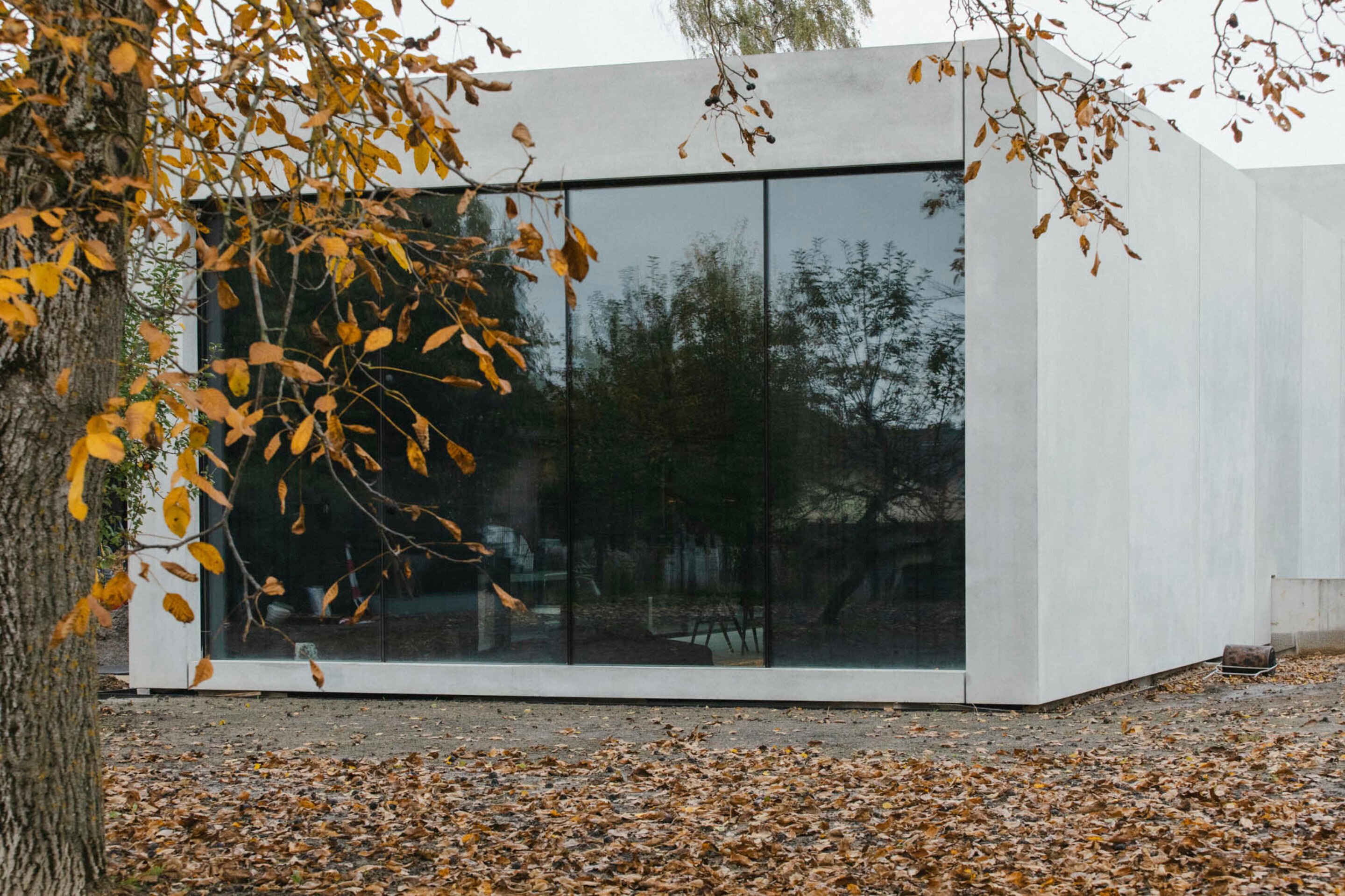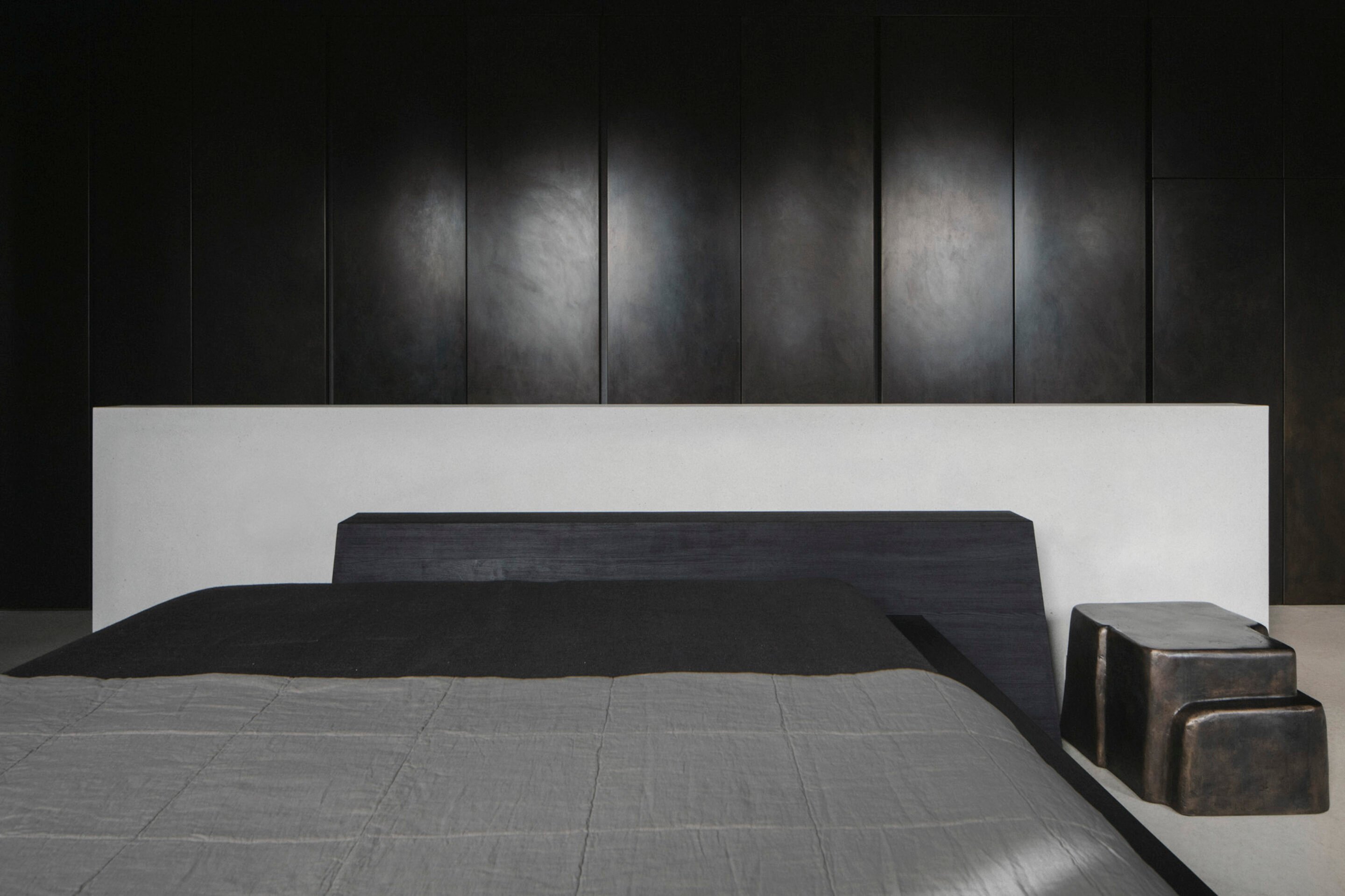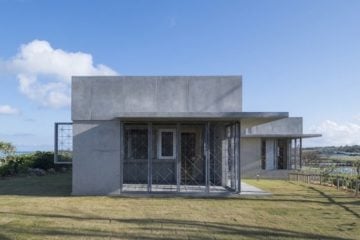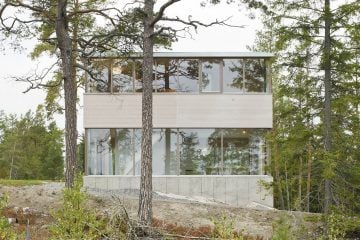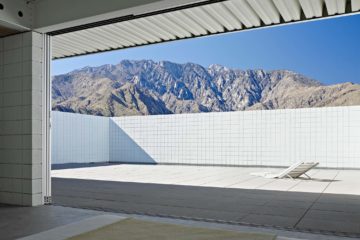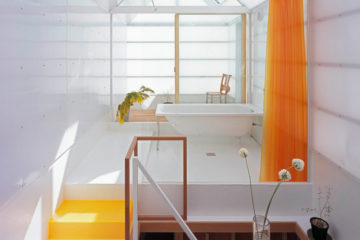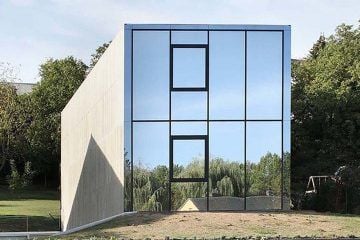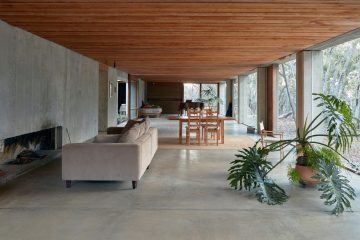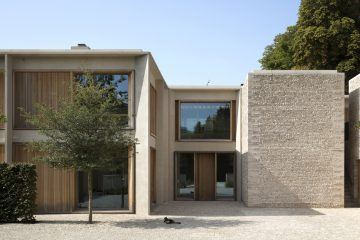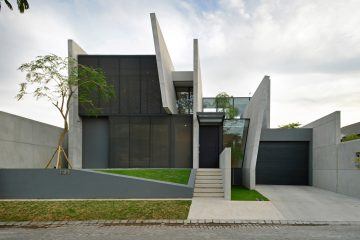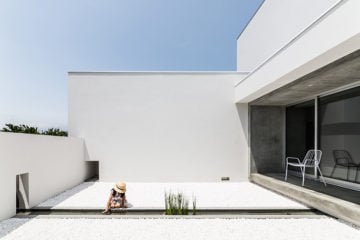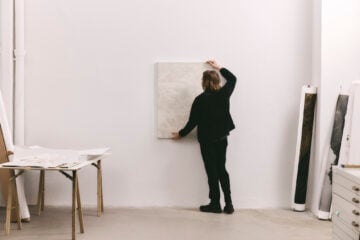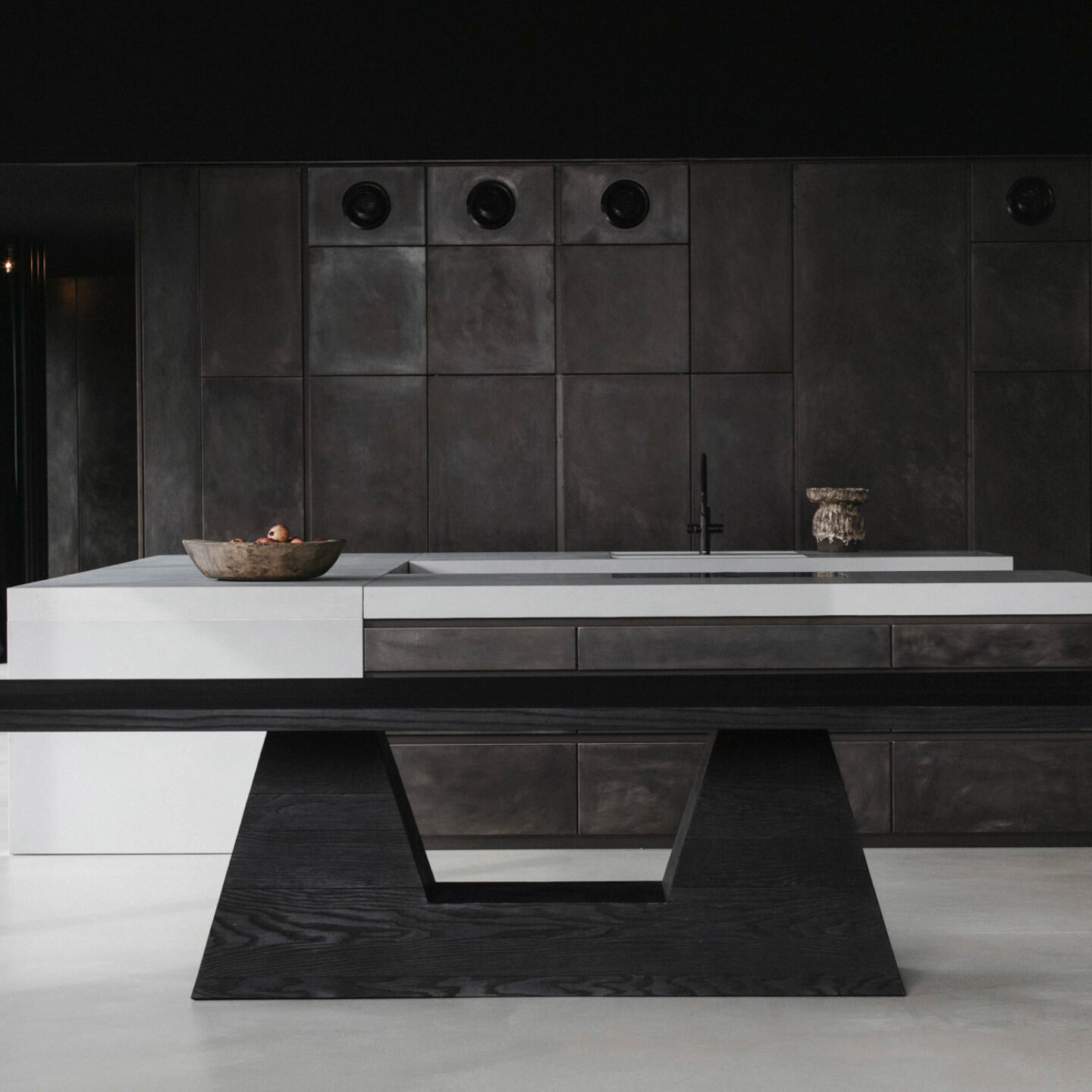
Villa Mahler: Anna Philipp And Eichkorn Collaborate On A Rarefied Artist’s Residence
- Name
- Anna Philipp · Eichkorn
- Project
- Villa Mahler
- Images
- José Campos
- Words
- Anna Dorothea Ker
Camouflaged amidst peaceful surrounds of a southern German village, an opaque facade vertically clad in scorched wood gives way to exposed concrete on the second floor. The L-shaped monolith takes care to complement the form of its neighbouring buildings. On second glance, it reveals itself to be anything but standard. Every material, surface, and furnishing of Villa Mahler is custom-made; at once an essential part of a singular spatial composition and a testament to shared values and mutual respect between its creators. Led by architect Anna Philipp of Philipp Architekten, the residence was brought to life in close collaboration with Eichkorn, the young Black Forest-based atelier and manufactory of Felix Eichkorn and Ruben Rebmann. Grounded in the collaborative philosophy of the Bauhaus, the first manifestation of their collective exemplifies the potential of synergy directed towards the pursuit of enduring beauty, which the trio of collaborators and friends reflect on in an exclusive with Ignant.
A Fortuitous Encounter
The collaboration that gave rise to Villa Mahler began when Anna Philipp was developing what she terms a “radical concept” for the villa’s outdoor area. Her concept for the house was beginning to form, taking cues from its bucolic surroundings. “It’s a quiet, rural setting with a lovely old apple orchard nearby,” she says. “There’s a road in front, but the house is set back so you walk behind it to enter the calm garden space. This orchard became the main aspect for me: how architecture can create a simple, inviting structure,” she says. “It’s straightforward; the houses line up along the road, and we had to balance the scale of the house with the street and surrounding homes. The wooden facade is a nod to the local building style, yet it’s unmistakably modern. This connection to tradition is something I’ve grown to appreciate over the years.”
As she was designing the outdoor terraced space, she began to search for a design partner to realize a unique concept to protect the terrace from the elements. “A simple sunshade just didn’t feel right,” she says. Having come across Eichkorn on social media, she reached out. During their first conversation, everything clicked. “We understood each other right away and quickly started exchanging ideas about architecture and the project. From there, everything just flowed.” Ruben agrees: “It just worked.”
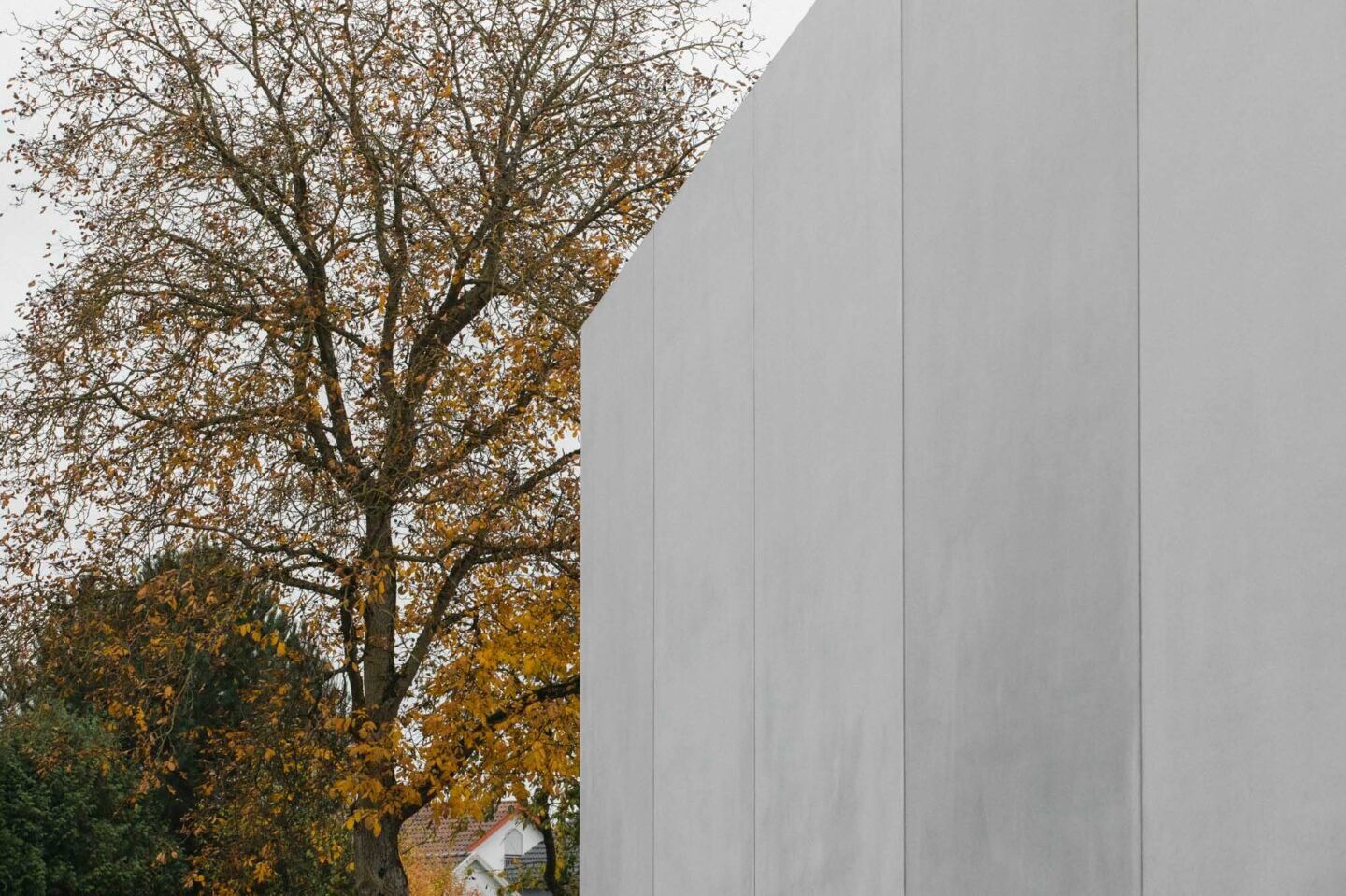
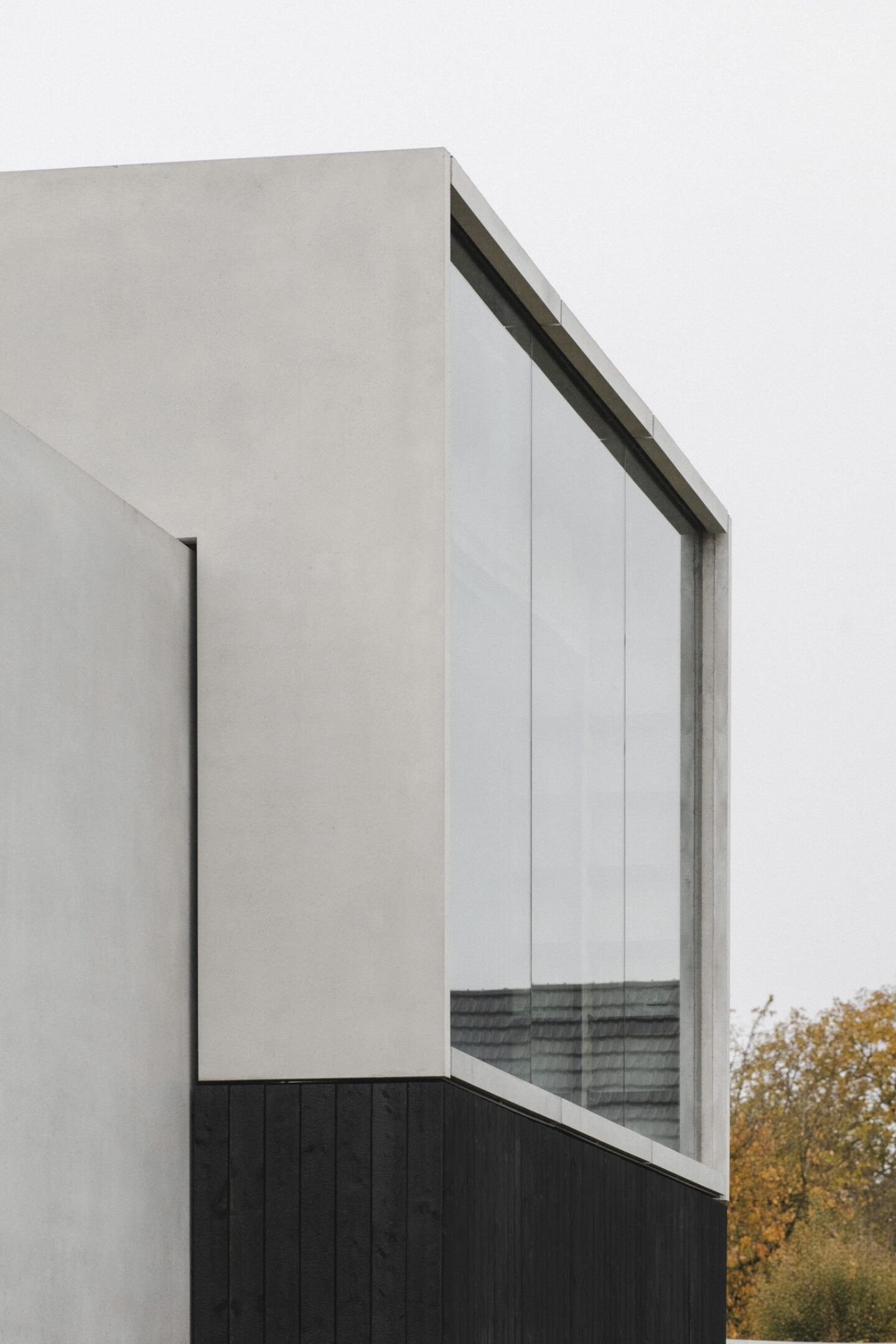
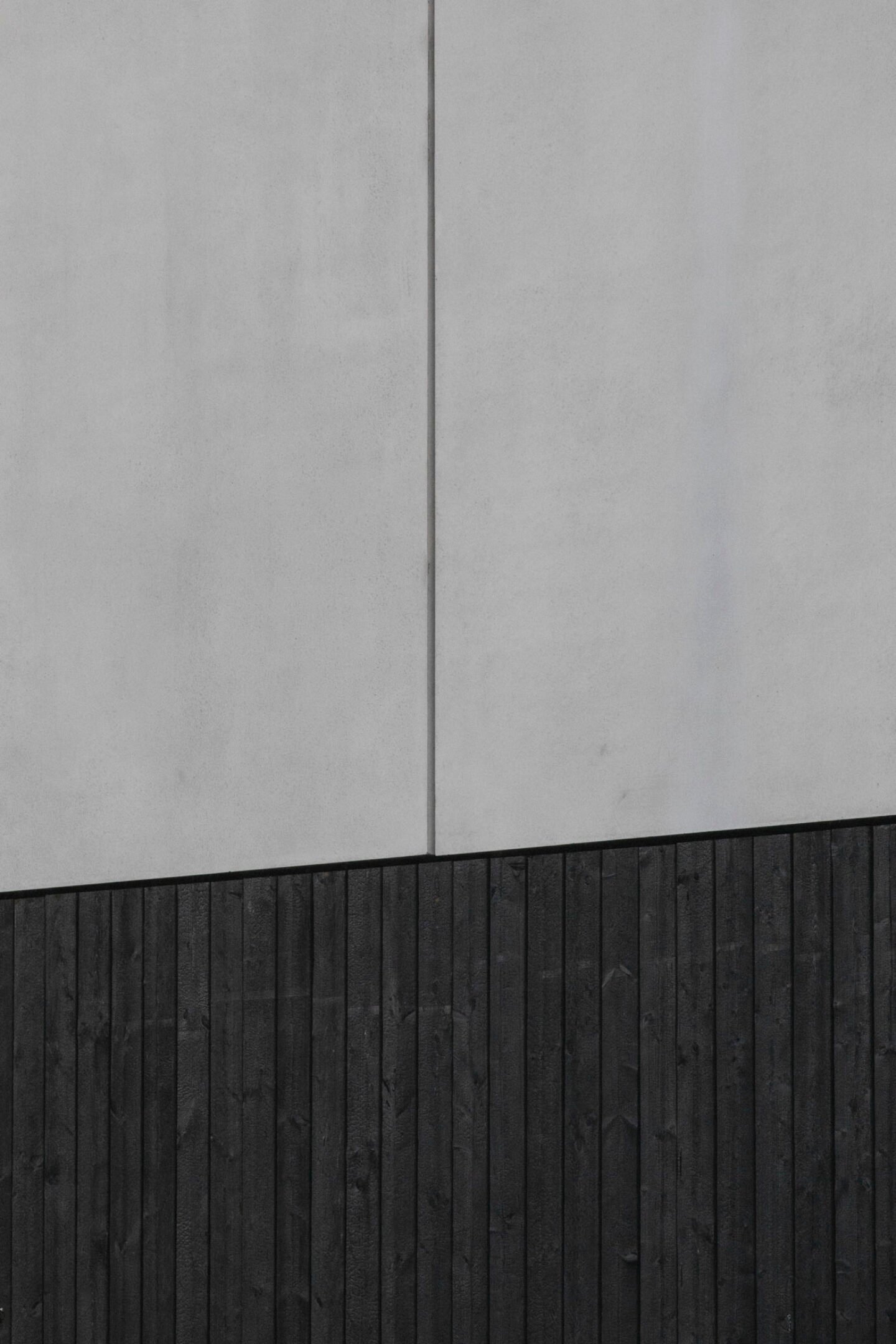
Unique Trajectories
Their partnership brings together diverse disciplines and career stages united by a shared vision and values. Anna Philipp, an award-winning architect and lecturer with 25 years of experience in the field, runs her firm Philipp Architekten, an internationally recognized studio with offices in Germany and Switzerland, specializing in bespoke villas and interior design in Europe and increasingly beyond. Her counterparts are in the burgeoning stages of their ascendence as autodidactic craftsmen building on the base of their sculptural, handmade collectible design objects and custom interior projects.
The friends were still in their teens when they began experimenting in the vehicle-construction workshop of Felix’s late grandfather in the village of Birkendorf, in the depths of the Black Forest on Germany’s border with Switzerland. Tinkering with the industrial machinery, their ideas and prototypes rapidly found not only form but resonance with their community and eventually an international following, when a series of fortuitous encounters and connections led them to their presence at design fairs across Europe, with Felix leading the design and Ruben managing the business side. Orders for collectible and custom pieces began to flow in.
“The philosophy and values Felix’s grandfather instilled in us were what motivated us,” Ruben reflects. “His dedication to craft and quality was always a model.” Honouring his legacy in their name, they carry forward the artisanal heritage of the Black Forest, sculpting noble materials into solid forms that recall the visual language of ancient artefacts and perfecting them with highly tactile treatments. Insisting on meticulous techniques, painstaking hand finishes and time-tested methods has seen their trajectory rise to encompass not only a core range of collectible objects alongside their custom interior fit-outs but also to their collaborations with architects and other artisans, as well as AESTH, a multidisciplinary gallery based between Birkendorf and Zurich – “to stay rooted locally and internationally,” as Ruben puts it.
“Each of us brings our own strengths and values into the work, and that’s how we shape things together. “We aim to give space to smaller ideas and let our creativity breathe. Often, delicate ideas can be easily crushed or never get the chance to be seen. We wanted to create that space for them to grow,” says Felix. Inspirations are drawn from diverse sources, from ‘French elegance’ and ‘Japanese simplicity’ to monumental architecture, art, and above all nature. These influences inform an artistic sensibility underpinned by a clear value system. “Our philosophy centres on quality and honesty, both in how we work with materials and in our relationships with people,” says Felix.
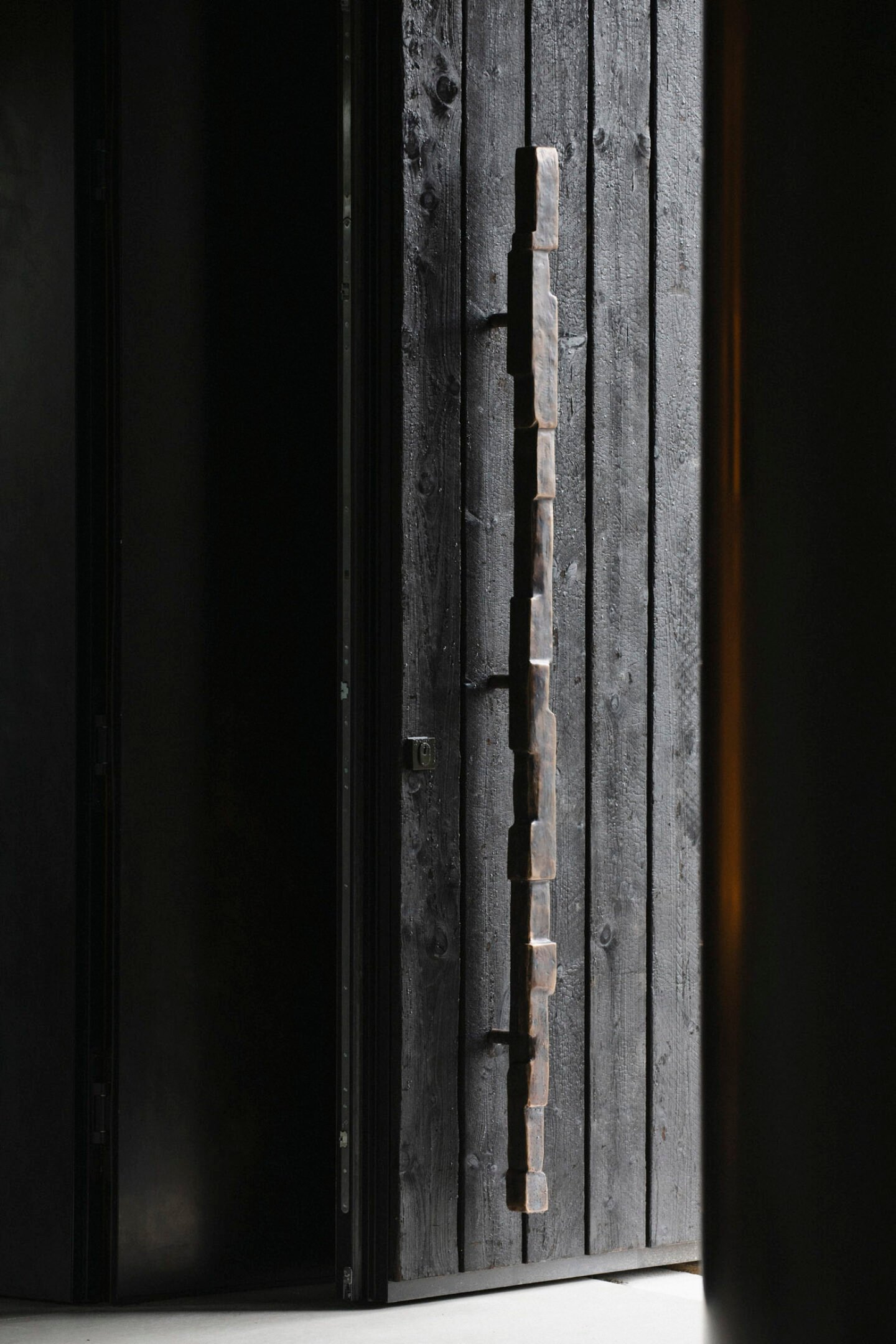
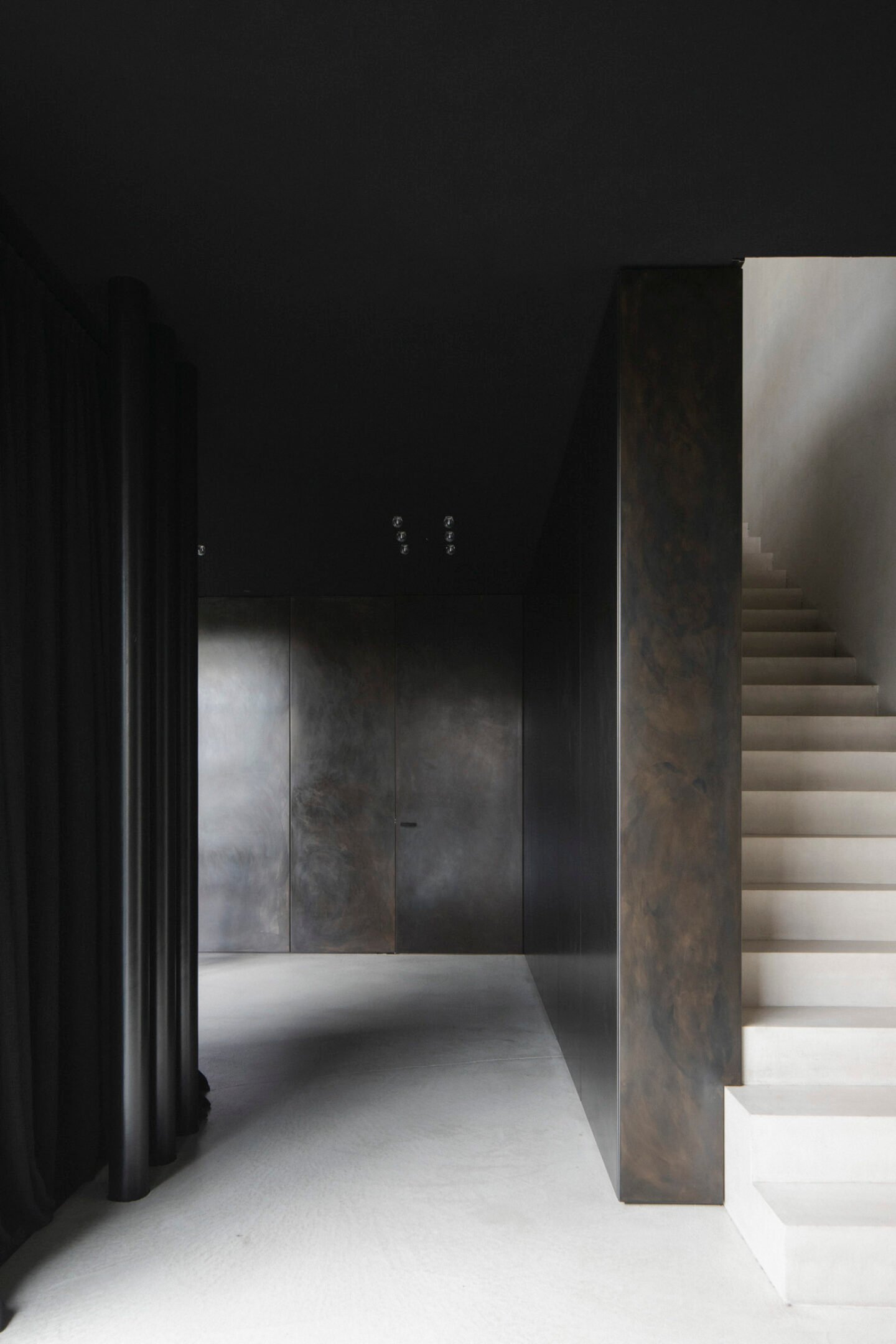
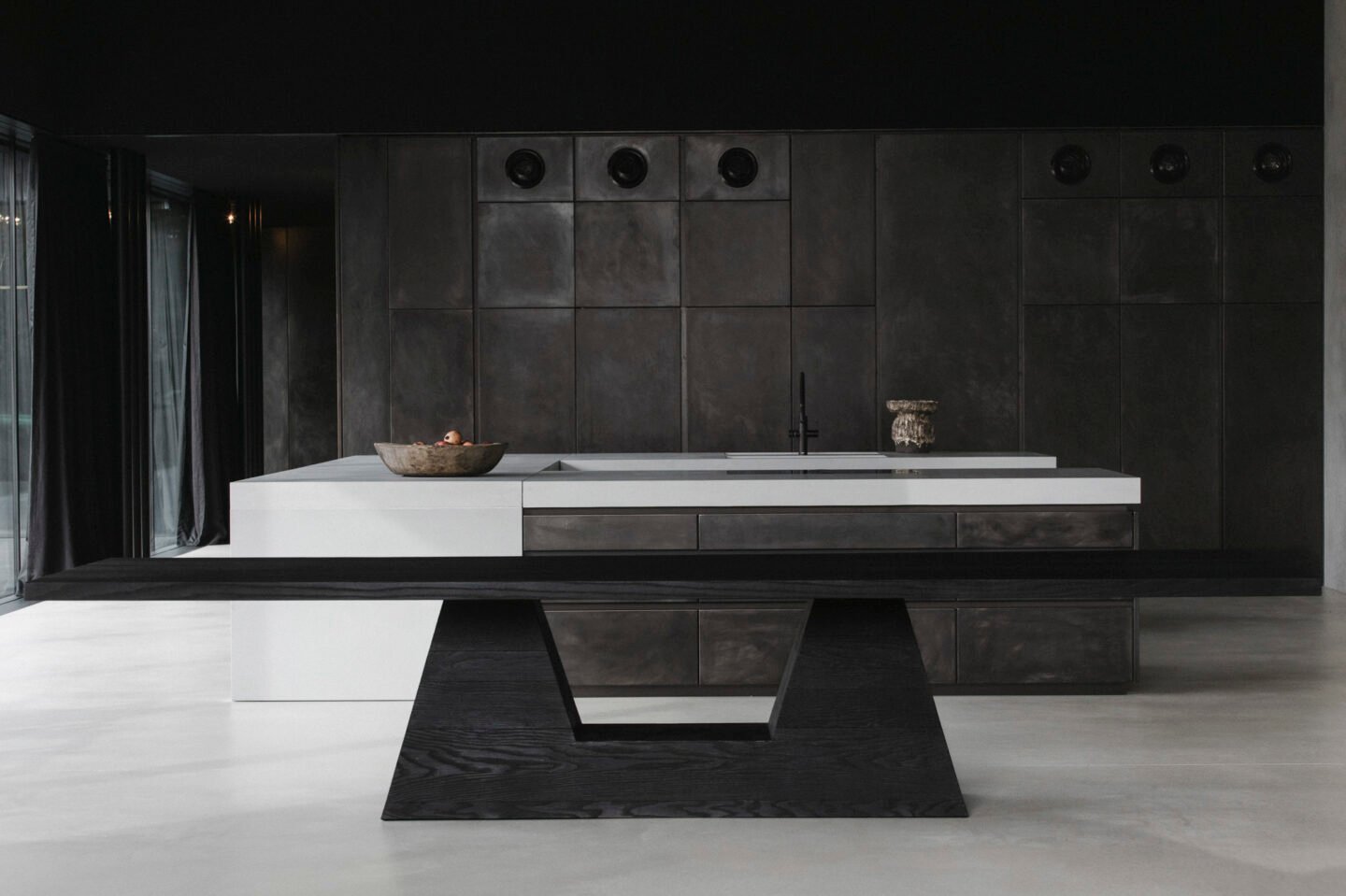
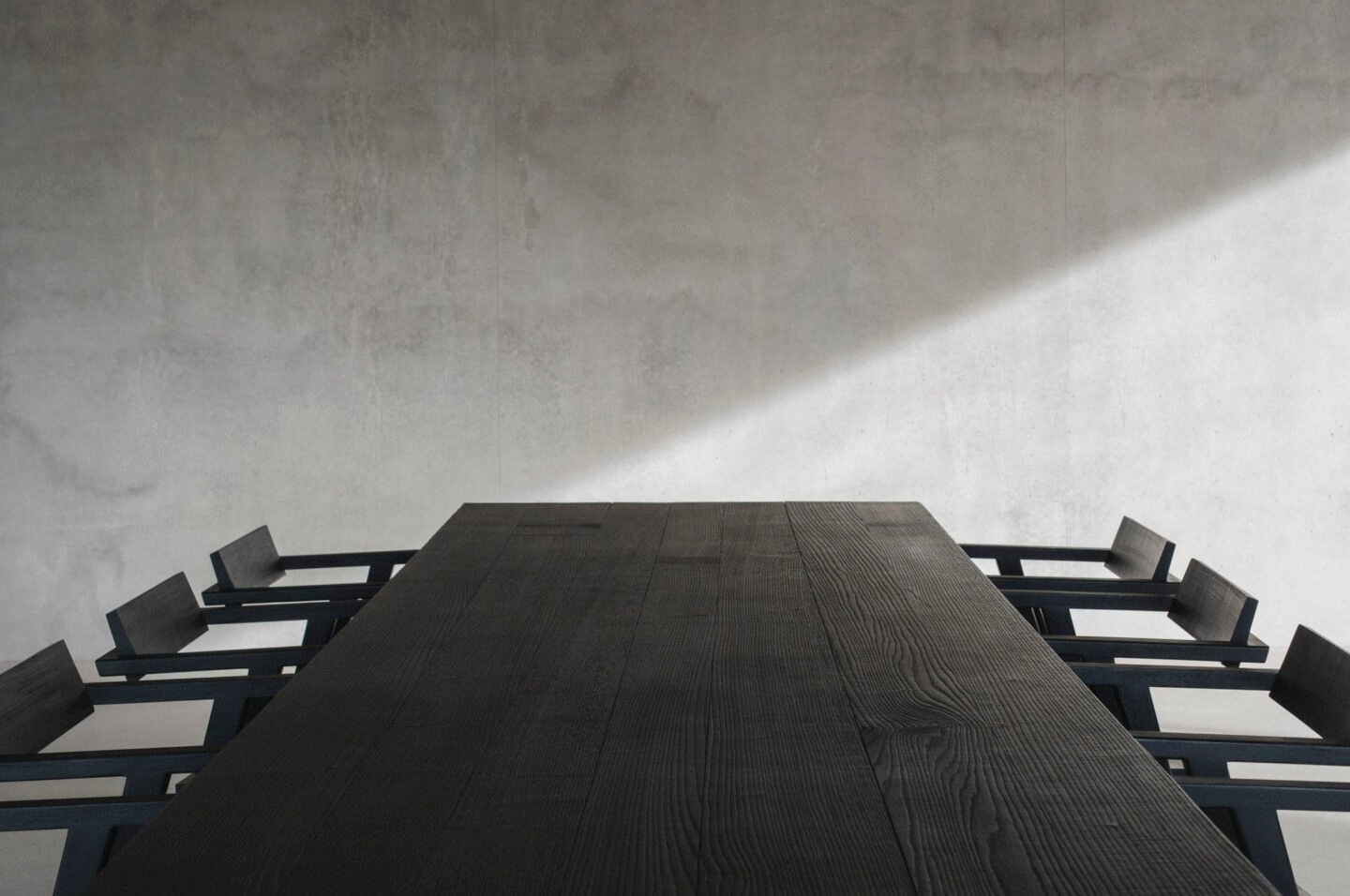
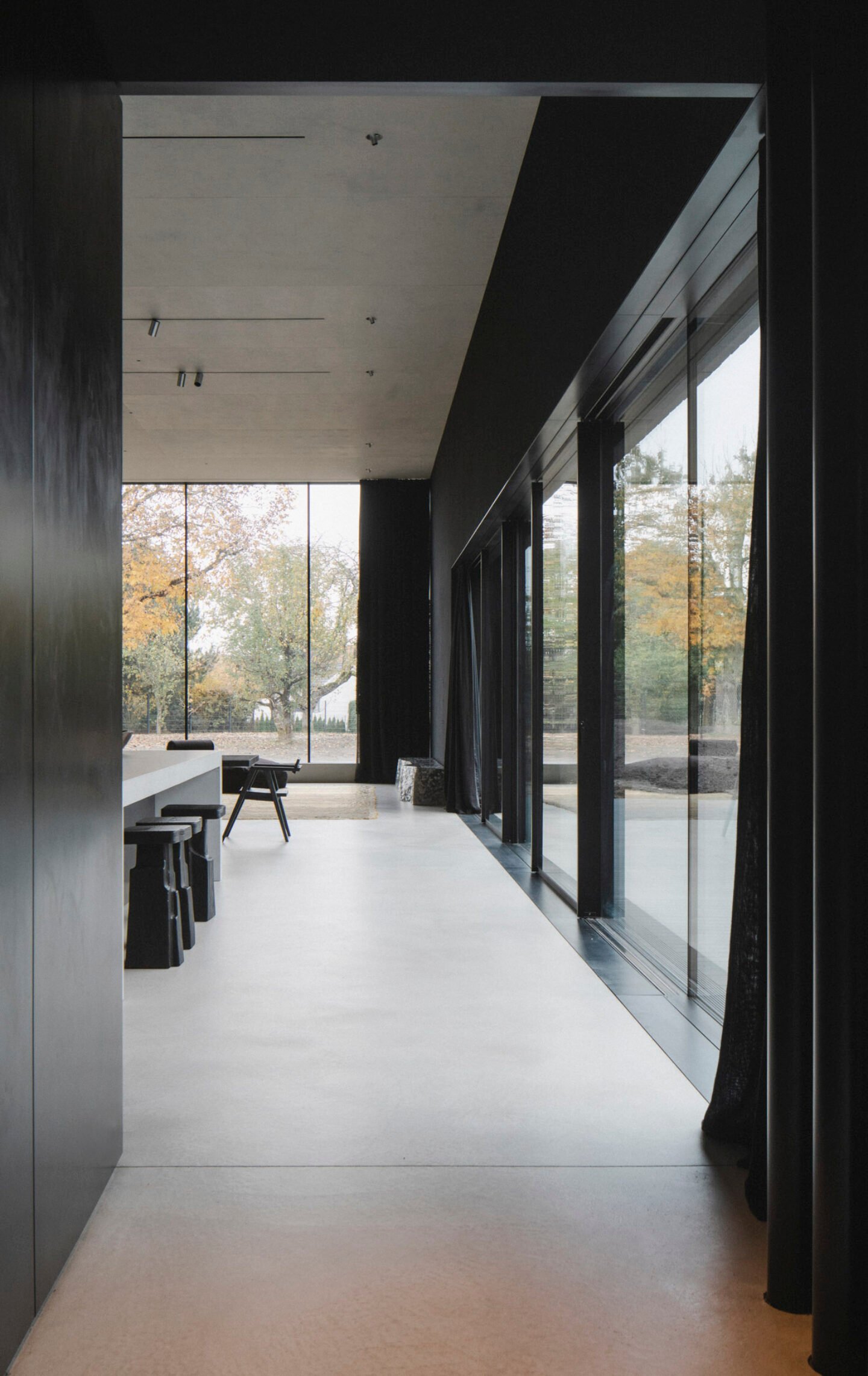
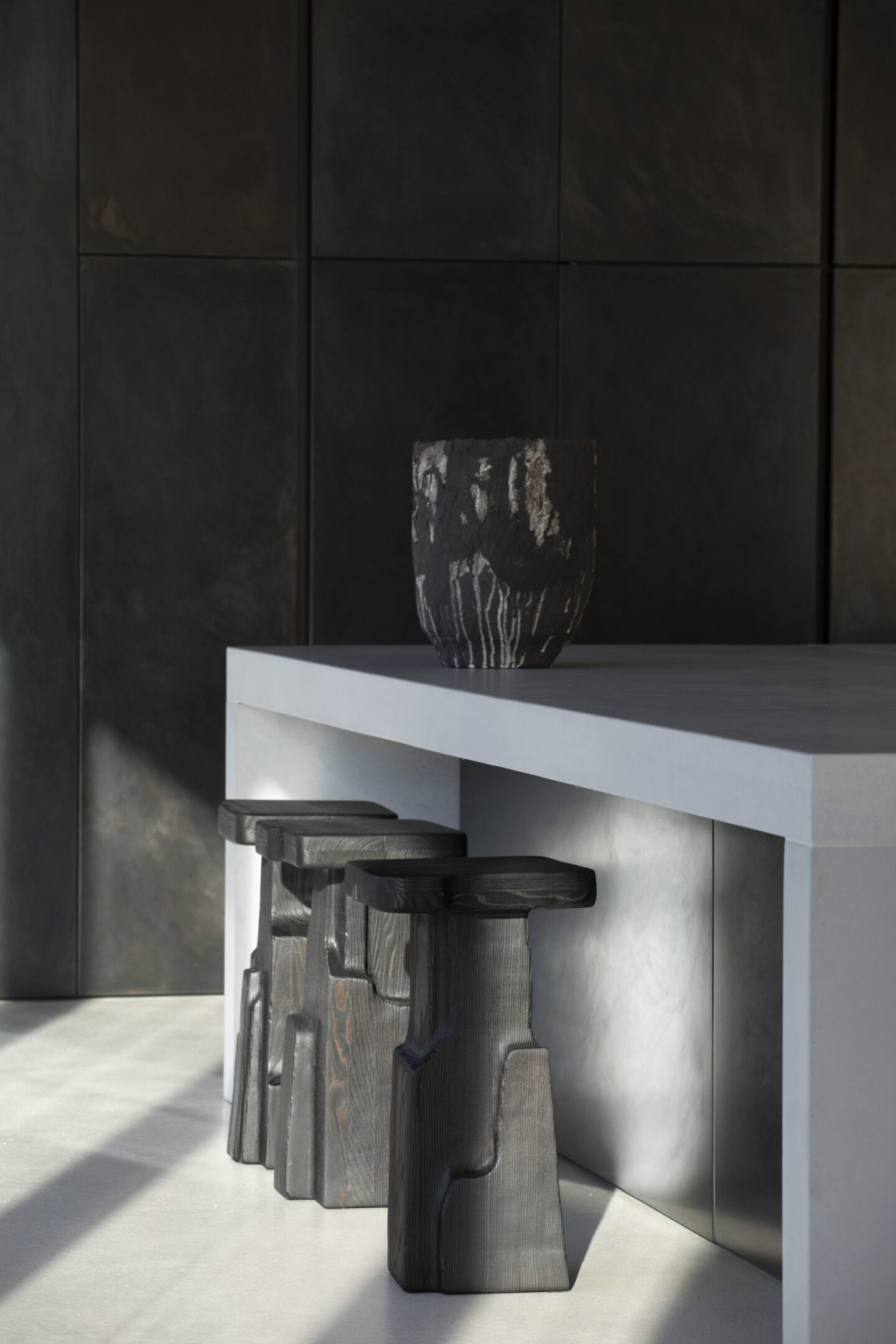
Common Ground
An emphasis on enduring design as a foundation of quality is where Eichkorn finds common ground with Anna’s established practice. Both her design work and her teaching are premised on rediscovering beauty in architecture, which to her is premised on timelessness. “A beautiful building makes people feel at home,” she says. “When people work in beautiful spaces, they feel a sense of belonging. Of course, function is crucial, but beauty is the soul of a building. That’s the essence of what we’re all seeking. In Germany, for example, we still admire old churches and want to work in them because they feel meaningful.” she says. “For me, the most important thing in a building is its durability. Each answer to timeless architecture has its own approach, materials included. Authenticity is key; real materials give longevity.”
Having swiftly bonded over the strength of their shared values, Anna’s invitation to Eichkorn expanded beyond a single sunshade to co-designing the overall room programme. Tailoring the purpose and mood of each space to suit the personality and lifestyle of the client, a young artist, took precedence. “The house was built to be bold and well-connected,” Anna reflects. “The rooms each have a different orientation and offer a distinct atmosphere. “It was important that her home exude creative energy. It should be both a refuge and a source of inspiration.”
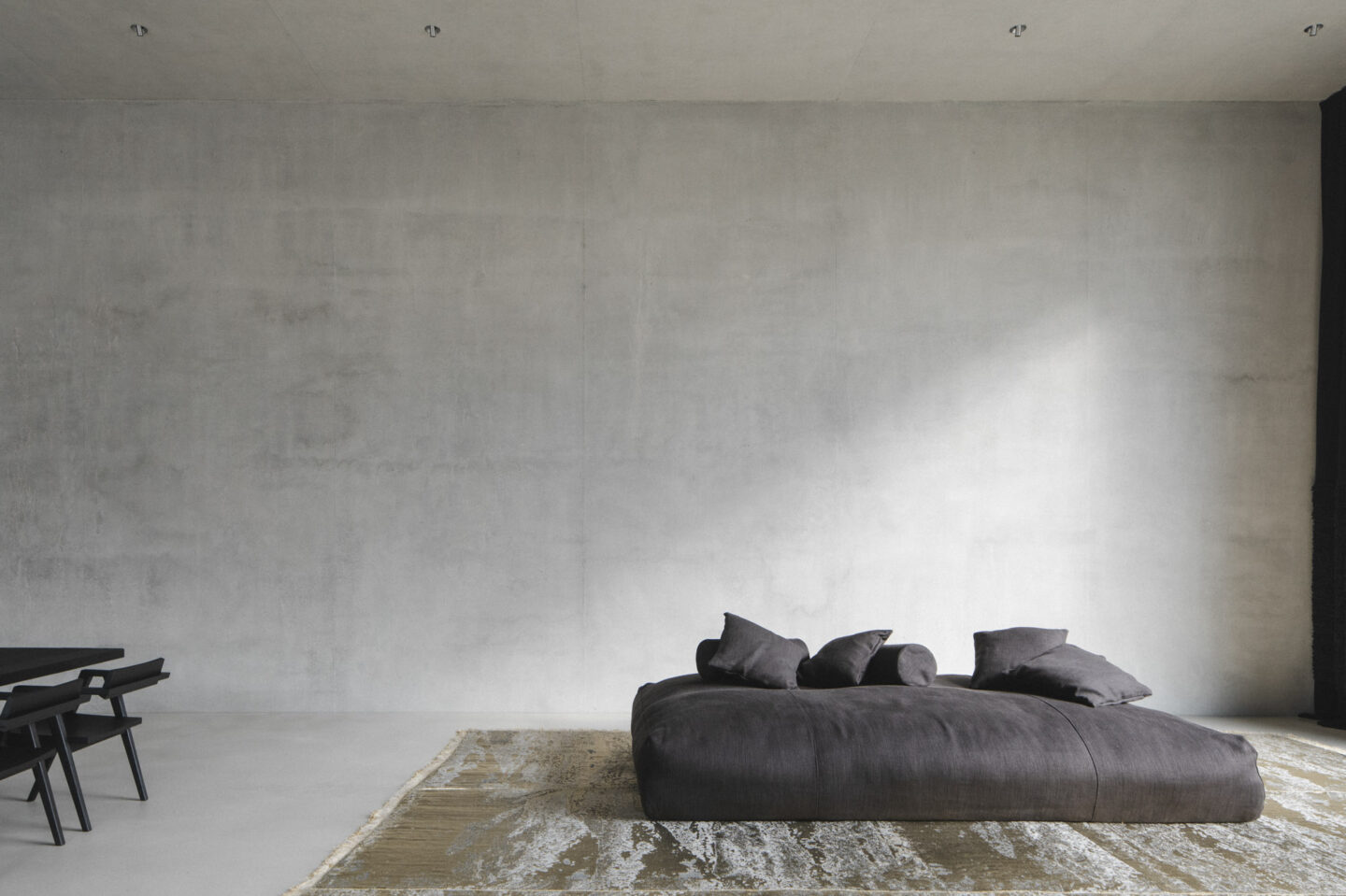
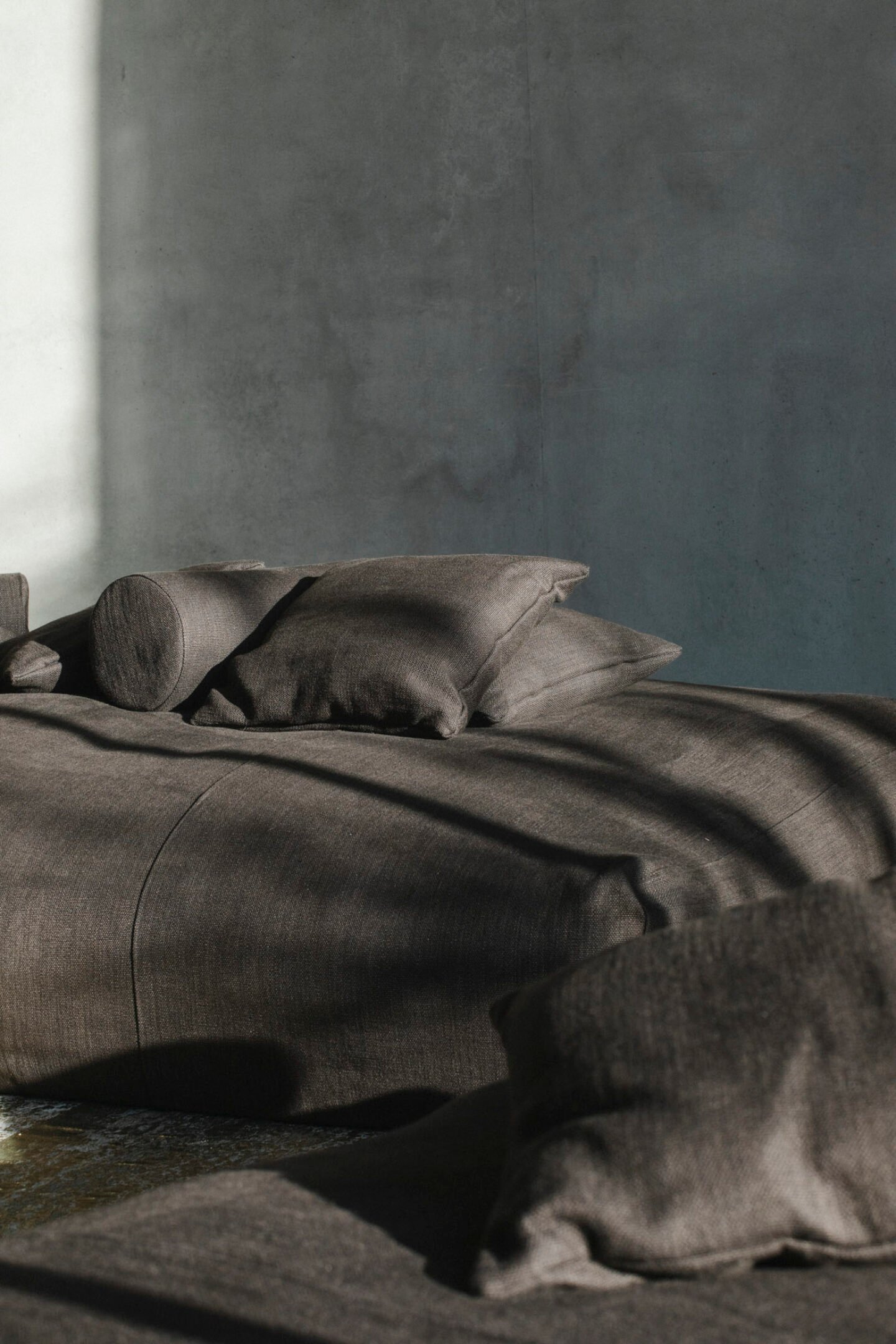
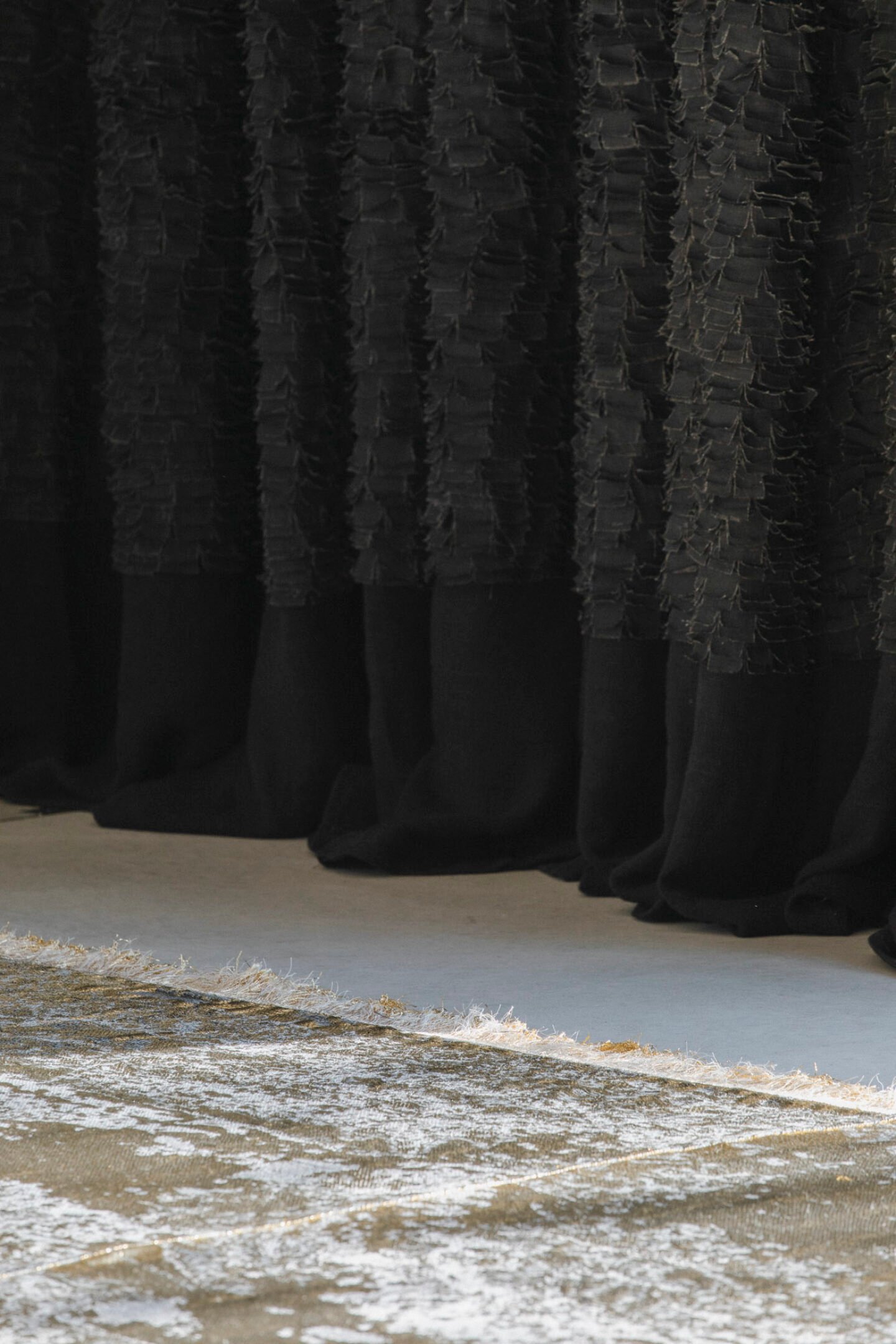

Beauty in Materiality
The ‘living hall’, as Anna terms it, is accordingly lofty and light-flooded with its five-meter-high ceilings, floor-to-ceiling panoramic windows and open composition. Its formal rigour is tempered by the warmth of its core materials: exposed concrete, charred timber and blackened steel. The most surface was specially developed by Eichkorn to integrate it into the interior architecture and its material palette of decadent minimalism. The duo applied their trademark rigour to reflecting and testing on how each would complement the other and contribute to the overall atmosphere.
“The Japanese charred wood for the facade had a personal connection for the client, whose family is from South Tyrol, where you see old barns with dark wood like this,” notes Anna. “Another key material was glass, which brings nature into the house and adds a soft element. Paired with handcrafted furniture made from similar wood to the facade, it creates a harmonious whole. Then there was metal, which was challenging, because we were looking for a particular finish.”
Experimentation in their workshop led Eichkorn to develop a treatment technique that achieves a rich patina for vertical panels blackened steel panels, whose subtly burnished finish sets a moody tone in the foyer. The material continues to set the tone in the kitchen, where its presence is offset by fully custom furniture pieces and sculptural objects specially developed by Eichkorn for the space – “blackened, refined, carved, scorched, brushed, cast and patinated.” Parallel to the street, a private wing spanning the ground floor and upstairs loft hosts the client’s private retreat and library as well as a guest area and ensuite, for which Eichkorn created scorched-oak bedframes and sculptural bedside tables of solid bronze.
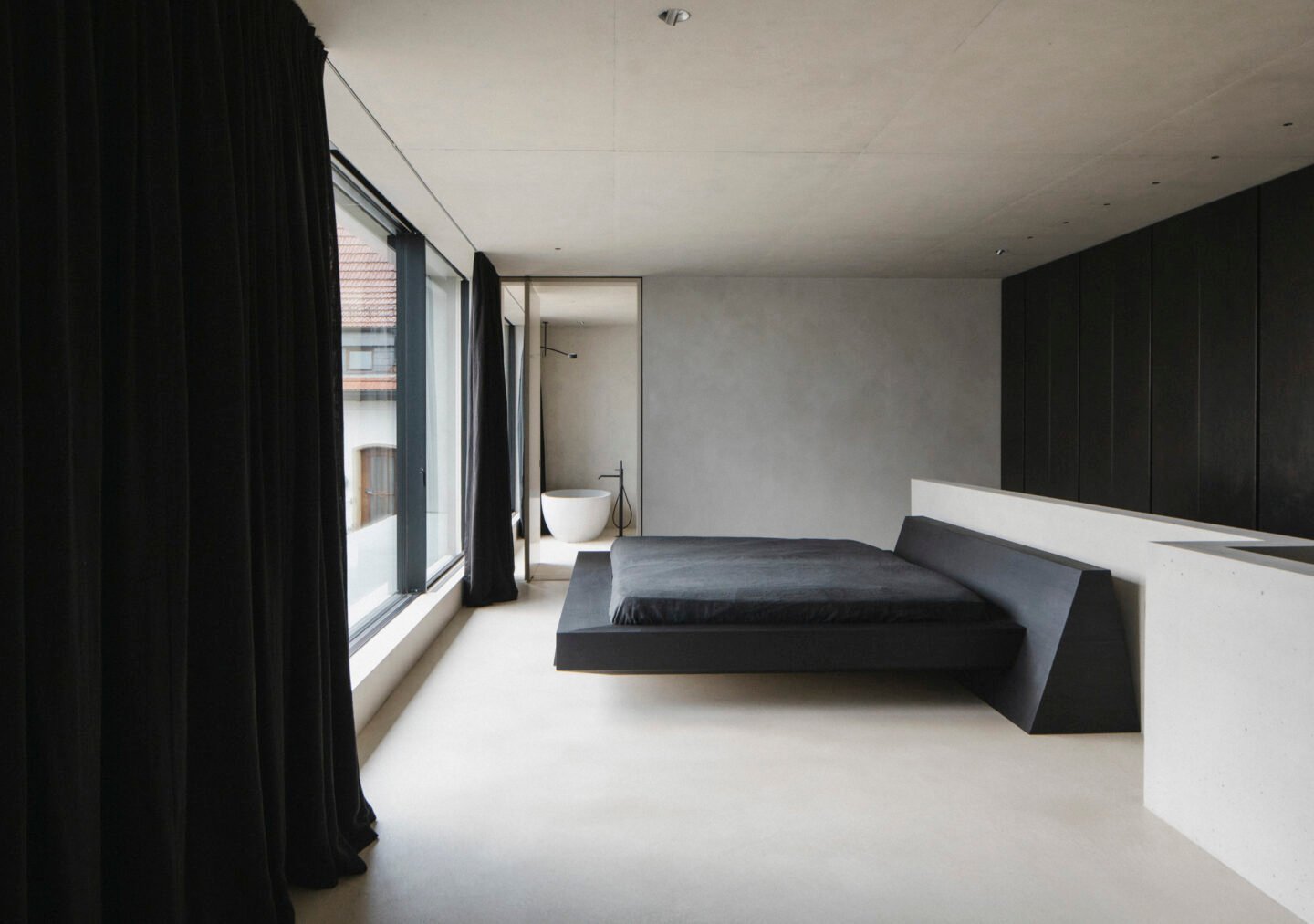
Tradition and Modernity
The Bauhaus philosophy of cross-disciplinary collaboration is a throughline of Anna’s practice. In Villa Mahler, it extends beyond the core partnership the form of a dynamic collective. The residence’s soft furnishings were custom-developed together with Belgian textile designer Nathalie Van der Massen. In a counterpoint to the villa’s otherwise muted tonality, a 6 x 6-meter shimmering gold carpet woven from Trevira, linen and lurex in the Textiel Museum Tilburg in response to the client’s vision, is intended to wear out and eventually deconstruct over time. Bespoke lighting architects PSLab was enlisted to develop a lighting scenography which complements the abundant natural light with subtle projections tailored to each room. “All of this is tied to how surfaces breathe life into a space,” Anna notes. “Surfaces shouldn’t feel lifeless.”
Like the collaboration itself, Villa Mahler’s components coalesce into an atmosphere that transcends than the sum of their parts. “When you respect all components, proportion emerges. Great design is like a piece of music; it’s about composing elements of light, darkness, shadow, and openings. Many subtle factors need to blend and intertwine. When you can bring these factors together, something meaningful emerges,” Anna says. “Our way of working allows us to preserve traditions and translate them into a modern language – that’s what fascinated me so much about Bauhaus,” she continues. “Bauhaus created a new language, and I believe we’ve achieved a similar balance.”
Eichkorn agrees. “This project exemplifies the potential of collaboration,” Ruben says. “Every piece of furniture, every detail has its place. Our goal is to continue developing projects that carry this level of quality and soul.” For a young practice, their perspective is sage. “It’s about creating things that outlast us and stand the test of time,” says Felix of Villa Mahler. “It’s important for us to create spaces where our philosophy can live on.”
Images © José Campos | Text: Anna Dorothea Ker
